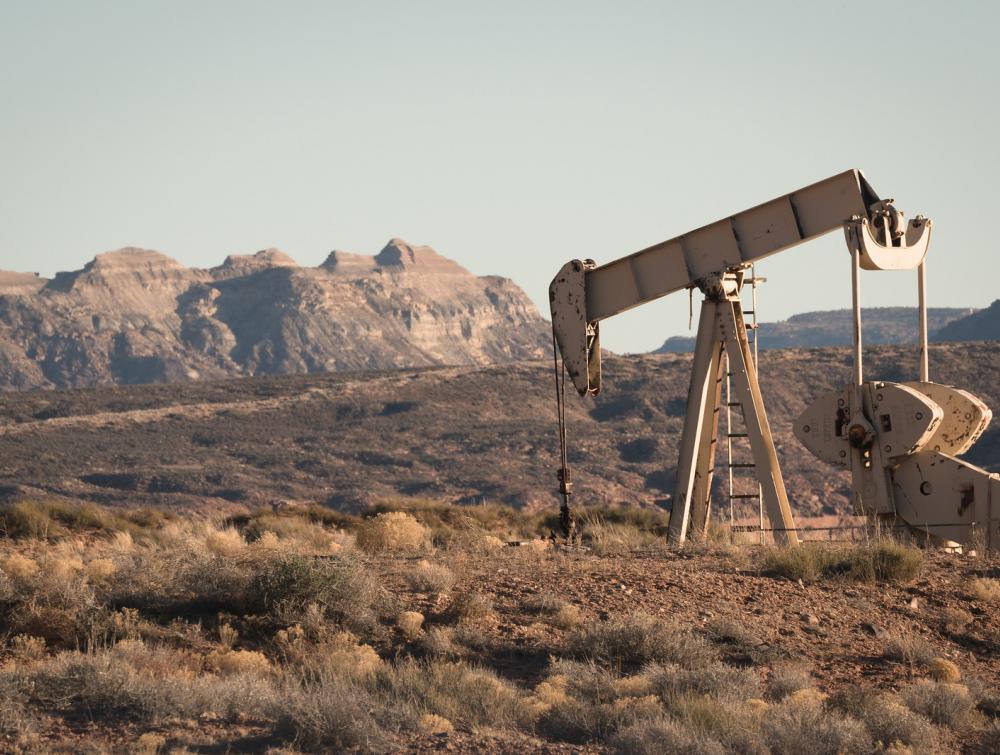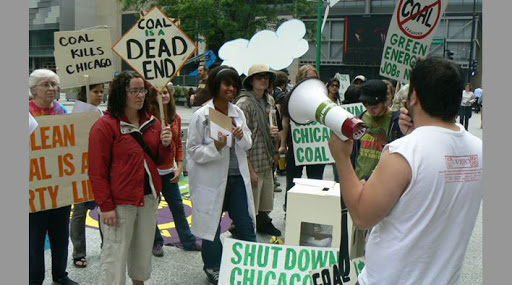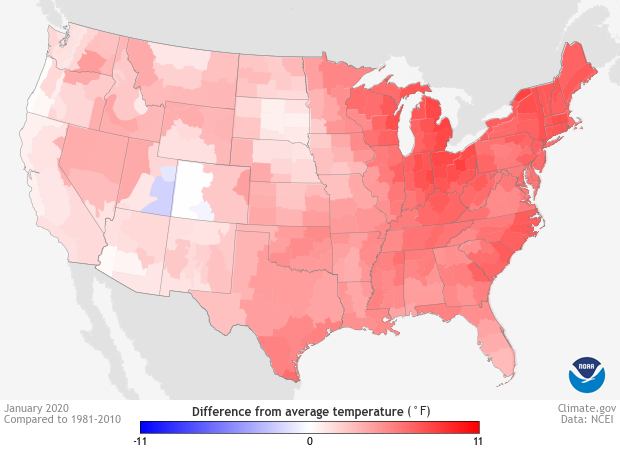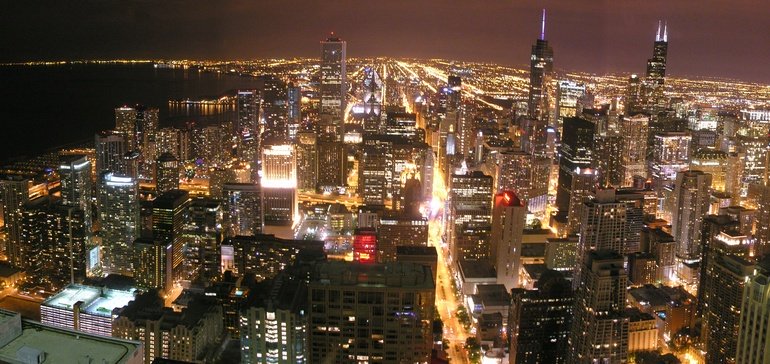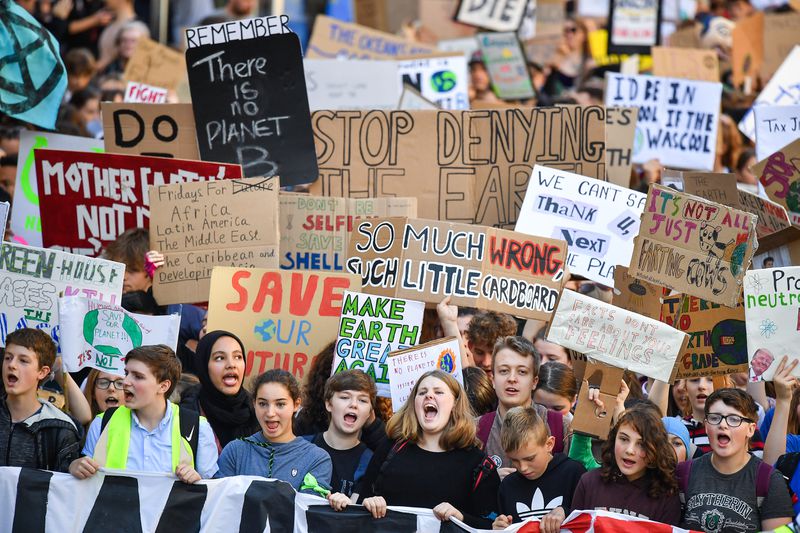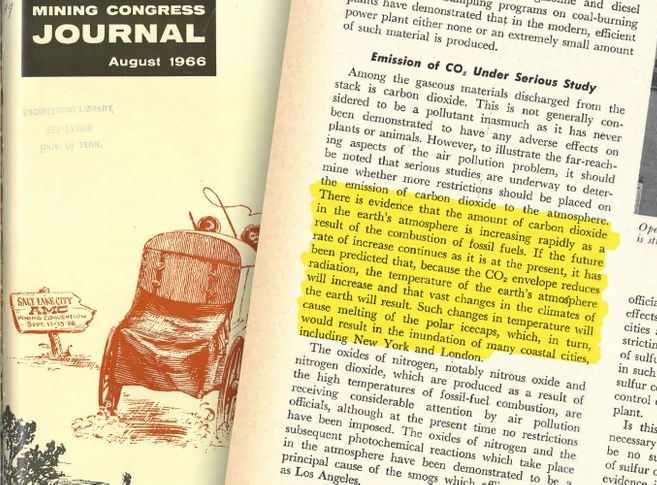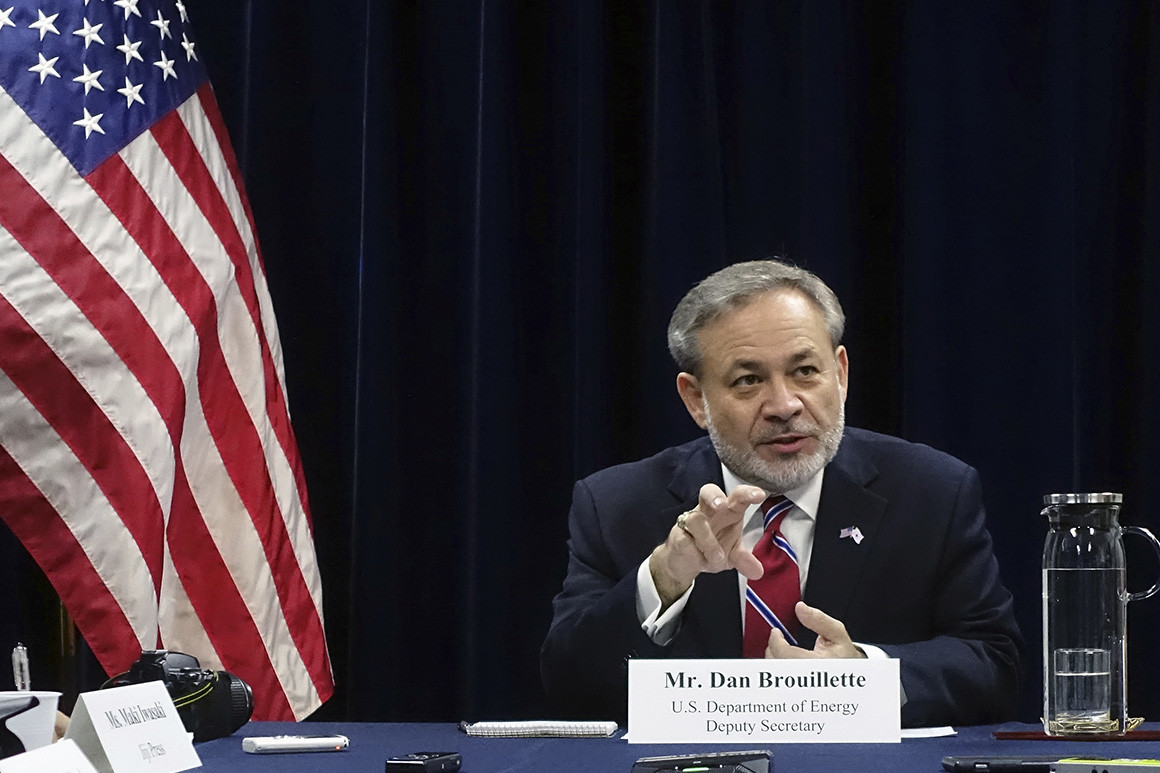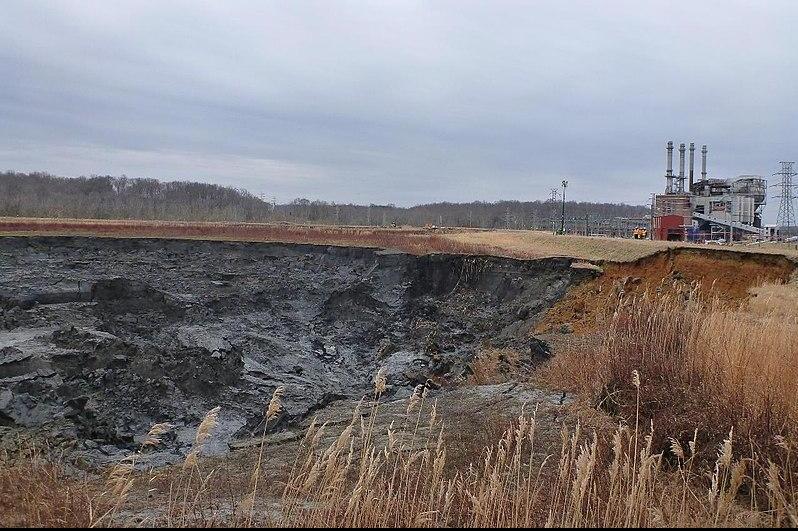Judge Voids Oil and Gas Leases on Almost One Million Acres of Land
The Western Watersheds Project and the Center of Biological Diversity brought suit against the United States Bureau of Land Management for the unlawful restriction of public participation in oil and gas leases that affect large areas of public land across the Western United States.[1] On February 27, 2020, a federal district judge ruled in favor of the plaintiffs and voided the oil and gas leases on federal lands for unlawful restriction of public participation.[2]
“More than [one] billion barrels of oil were produced from drilling offshore and on public land” under the Trump administration in 2019.[3] The oil and gas leases span across sixty-seven million acres of land across eleven states.[4] While the Trump administration expanded domestic energy production, it implemented measures to curve public participation.[5] “A centerpiece of this effort has been the administration’s efforts to silence the public and local communities,” said Chase Huntley, director of the Wilderness Society’s climate and energy program. Chief Magistrate Judge Ronald E. Bush ruled in favor of the Western Watersheds Project and the Center of Biological Diversity.[6] Judge Bush rejected the oil and gas leases and mandated that the Bureau of Land Management alter its procedure for oil and gas leases “that are wholly or partially within sage grouse habitat management areas.”[7]
Environmental groups see this ruling as a victory. Taylor McKinnon, senior campaigner at the Center for Biological Diversity said in a statement, “The judge confirmed that it’s illegal to silence the public to expand fossil fuel extraction. It’s a win for millions of acres of our beautiful public lands and a major blow to the Trump administration’s corrupt efforts to serve corporate polluters.”[8]
The Bureau of Land Management maintains that it “[has] been working within [its] legal authorities to alleviate or eliminate unnecessary and burdensome regulations, while at the same time upholding public health and environmental protections . . .” and remains “committed to a simpler, more effective leasing process,” according to Derrick Henry, spokesman for the Bureau of Land Management.[9]
*Featured Image: Mason Cummings, The Wilderness Society
[1] Juliet Eilperin and Darryl Fears, Judge voids nearly 1 million acres of oil and gas leases, saying Trump policy undercut public input, The Washington Post (February 28, 2020), https://www.washingtonpost.com/climate-environment/2020/02/27/judge-voids-nearly-1-million-acres-oil-gas-leases-saying-trump-policy-undercut-public-input/ (last visited February 29, 2020).
[2] Id.
[3] Id.
[4] Id.
[5] Id.
[6] Rachel Frazin, Judge voids oil and gas leases on almost 1 million acres of public lands, The Hill (February 28, 2020), https://thehill.com/policy/energy-environment/485133-judge-voids-almost-1-million-acres-of-oil-and-gas-leases-on-public (last visited February 29, 2020).
[7] Id.
[8] Id.
[9] Id.

